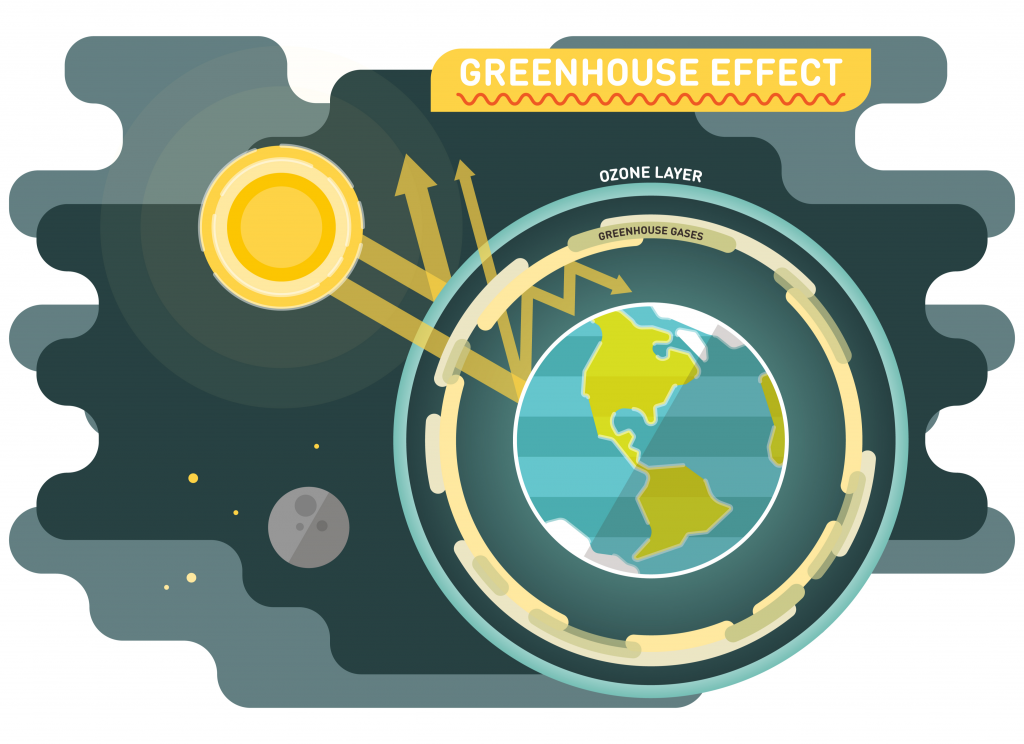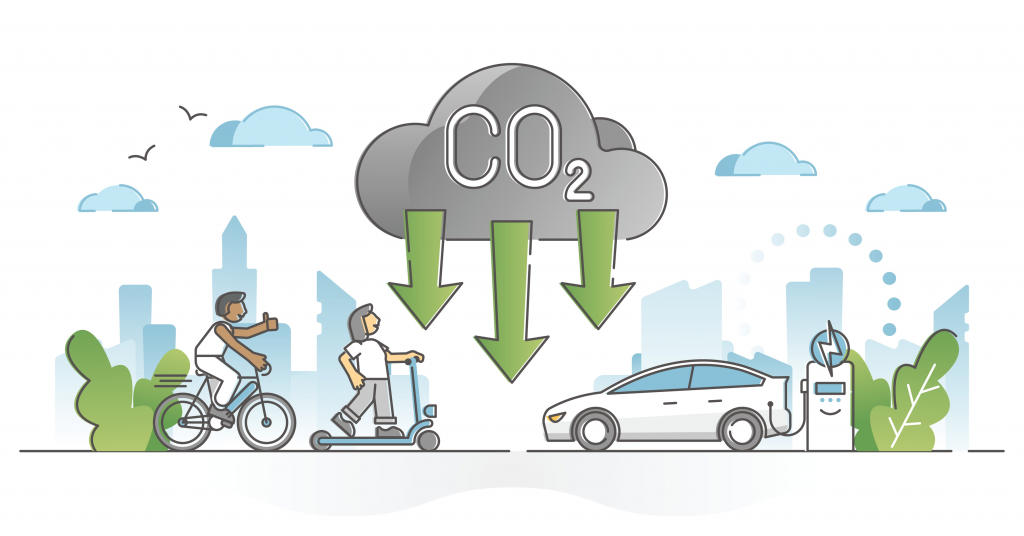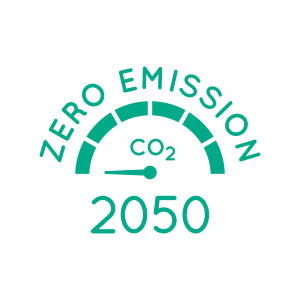
Greenhouse gases (GHG) trap heat in the atmosphere and help to maintain the Earth’s surface at a temperature that is comfortable for human life. The main GHG that exist in our atmosphere are carbon dioxide, methane, nitrous oxide and sulfur hexafluoride.
Although many GHG occur naturally, their concentration in the atmosphere has greatly increased due to human activity. This increase has been evident since the Industrial Revolution. The primary sources of greenhouse gas emissions are electricity production, transportation, industrial processes, agriculture and the use of natural gas and other fossil fuels for heat. When a fossil fuel undergoes combustion it releases GHG.
As levels of GHG in the atmosphere increase, the temperature on the Earth’s surface also increases. To limit the levels of GHG emitted into the atmosphere, it is important to keep track of total GHG released. The annual GHG emissions inventory is a starting point for measuring efforts to reduce GHG emissions.


 On October 14, 2015, the City Commission adopted a Resolution endorsing the Global Covenant of Mayors (formerly Compact of Mayors) pledge, where the city committed to reducing local GHG emissions; measuring the community emissions inventory using a consistent and robust standard; identifying climate-related hazards; setting data-based targets for the future; and developing a climate action plan.
On October 14, 2015, the City Commission adopted a Resolution endorsing the Global Covenant of Mayors (formerly Compact of Mayors) pledge, where the city committed to reducing local GHG emissions; measuring the community emissions inventory using a consistent and robust standard; identifying climate-related hazards; setting data-based targets for the future; and developing a climate action plan. On April 21, 2021, the City Commission unanimously adopted a Resolution declaring climate change is caused by "human activity" and pledging to achieve net-zero GHG emissions by 2050. Compiling a regular GHG emissions inventory is crucial to track the City's progress towards its net-zero goal and helps to benchmark progress as we implement mitigation policies and programs. Achieving net-zero emissions will require policy changes and investments in upgrading the City's energy systems.
On April 21, 2021, the City Commission unanimously adopted a Resolution declaring climate change is caused by "human activity" and pledging to achieve net-zero GHG emissions by 2050. Compiling a regular GHG emissions inventory is crucial to track the City's progress towards its net-zero goal and helps to benchmark progress as we implement mitigation policies and programs. Achieving net-zero emissions will require policy changes and investments in upgrading the City's energy systems.